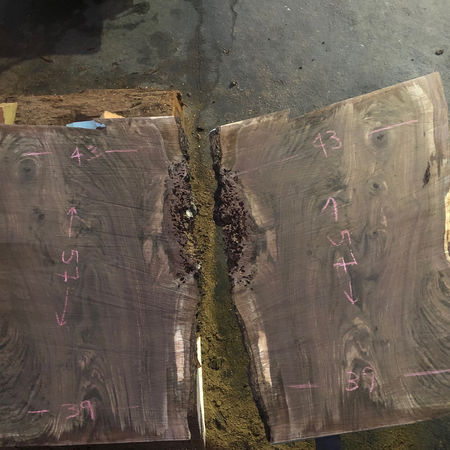Urban Log Works

Walnut
Walnut trees, mostly associated with the Juglans genus, have a longstanding history of economic, culinary, and medicinal importance. A deep dive into these revered trees reveals the following:
Appearance: Walnut trees possess a robust and sturdy trunk, with a broad, rounded canopy when mature. Their bark is typically furrowed and grayish-brown.
Foliage: Their leaves are pinnately compound, consisting of multiple leaflets arranged oppositely along a central stem. These leaves turn yellow in autumn, providing a splash of color to the landscape.
Nuts: Perhaps the most defining feature of walnut trees is their nuts. Enclosed in a green, fleshy husk that turns brown and splits open as it matures, the actual walnut seed is encased in a hard, wrinkled shell.
Size: Depending on the species and growing conditions, walnut trees can reach heights ranging from 30 to 130 feet.
Habitat: While native to parts of Asia, Europe, and the Americas, walnut trees have been cultivated and naturalized in various temperate regions around the globe. They prefer deep, well-draining soils and benefit from full sunlight.
Project Gallery
























